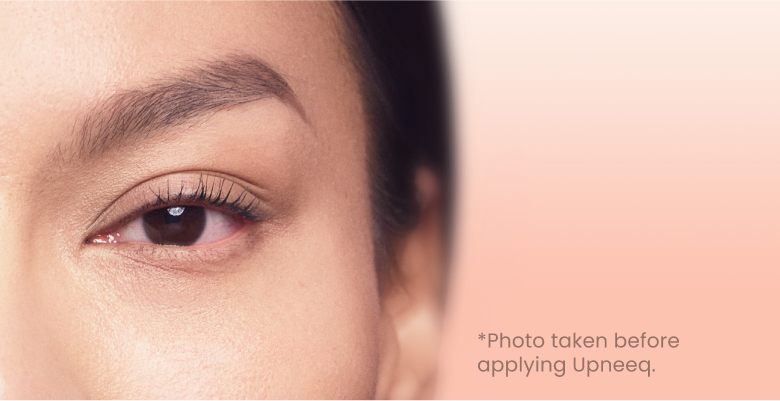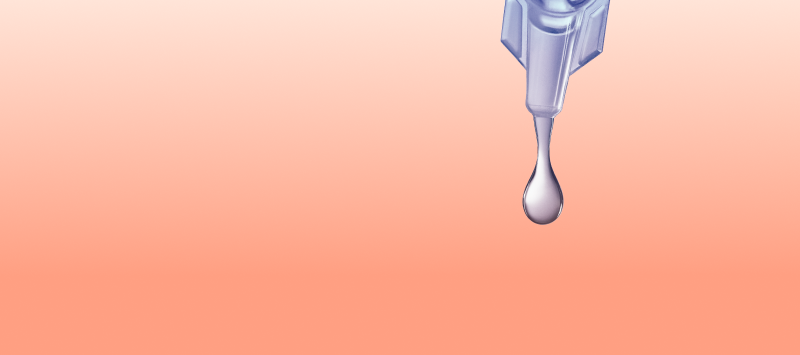
Live with eyes wide open
The first and only FDA-approved eyedrop for adults with low-lying eyelids
Upneeq lifts tired-looking eyelids fast
Meet Upneeq® (oxymetazoline hydrochloride ophthalmic solution), 0.1%, the first and only FDA-approved prescription eye drop for adults with low-lying eyelids (also known as acquired blepharoptosis or ptosis). It provides a non-surgical eyelid lift, quickly lifting eyelids for more awake-looking eyes.
Just one drop per affected eye, once daily, is clinically proven to give visible results — lifted and more open eyelids in as fast as 5 minutes that can last up to 8 hours.
Say bye-bye to tired-looking eyelids, and hello to a refreshed, more awake-looking you. See what it feels like to live with eyes wide open. If you have low-lying eyelids, find out if Upneeq is right for you.


Individual results may vary. Average upper eyelid lift with Upneeq in clinical studies was 1 mm.
DO YOU HAVE LOW-LYING EYELIDS?
Learn More About UpneeqExperience Upneeq
Visible results
When it comes to eyelids, a little lift goes a long way. Upneeq provides a non-surgical eyelid lift that is clinically proven to lift and open upper eyelids.
Fast-acting, long-lasting
Just one drop in each eye can temporarily lift upper eyelids in as little as 5 minutes, and last up to 8 hours.
Easy to incorporate
Our single-use vials are FDA-approved for once daily use, making it easy to lift low-lying eyelids in your everyday routine for a brighter, more awake-looking appearance.
IN CLINICAL TRIALS OF UPNEEQ:
84%
of patients have had some form of improvement in eyelid lift.
88%
of patients have had some form of improvement in their upper field of vision.
AS SEEN IN
Real patients, real eye-opening results
I have a droopy eyelid and not ready for surgery yet. I was tired of people asking me about my eye...love it!








